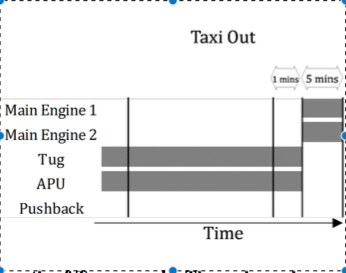Low-hanging fruit? The costs and benefits of reducing fuel burn and emissions from taxiing aircraft
Aviation is responsible for 3.5% of anthropogenic radiative forcing, but its share is expected to grow. At the same time, as energy prices have risen, airlines have struggled to maintain profitability. In this context, it is important to understand the costs associated with different measures to reduce the industry’s environmental footprint. Aircraft are usually powered by their main engines while taxiing between the gate and the runway. This paper estimates the cost and emissions reductions associated with using electric, diesel or gasoline tugs to tow aircraft on the tarmac. It is found that, in the best case, emissions could be cut at a cost of negative $140 per tonne of CO2. The use of tugs could reduce the CO2 emissions from domestic flights in the US by about 2 million tonnes each year, or about 1.4% of the total emissions in 2006. For aircraft that already taxi both in and out with only one engine, additional emissions reductions from using a tug come at a high cost: over $100 per tonne of emissions abated. This suggests that caution needs to be exercised when savings from different approaches are combined: savings are often not independent of each other and cannot simply be added.

